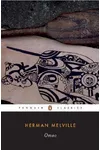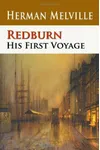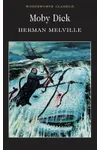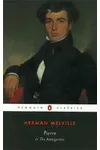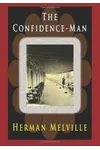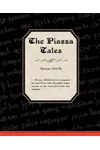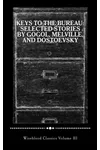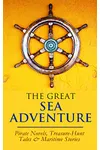Picture an American storyteller who chased a great white whale across the pages of literary history—meet Herman Melville! Born in 1819, this sailor-turned-author crafted tales of adventure and obsession, most famously Moby-Dick. Though his work flopped in his lifetime, Melville’s bold, baroque style now anchors him as one of America’s greatest writers. Let’s sail into his extraordinary life.
The Making of Herman Melville
Herman Melville was born in New York City to a merchant family that hit rough waters when his father’s business failed. By his teens, Melville was working odd jobs, from bank clerk to cabin boy. At 20, he shipped out on a merchant vessel, kicking off years of seafaring that shaped his storytelling. His adventures in the South Pacific, including a stint living among Polynesian islanders, fueled his early novels and gave his work its raw, vivid edge.
Back on land, Melville turned his experiences into words, publishing his first book, Typee, at 27. The tale of island life was a hit, launching his career. But Melville wasn’t content with easy success—he wanted to dive deeper, blending philosophy, psychology, and adventure in ways readers weren’t ready for.
Herman Melville’s Unforgettable Stories
Melville’s masterpiece, Moby-Dick (1851), is a sprawling epic about Captain Ahab’s obsessive hunt for a white whale. Packed with symbolism, Shakespearean flair, and whale-lore tangents, it’s a wild ride that baffled readers at the time but now stands as a literary titan. Its themes of fate, nature, and human ambition still resonate.
Before Moby-Dick, Melville wrote Typee (1846) and Omoo (1847), semi-autobiographical novels about his Pacific adventures. These lighter, exotic tales won him fans early on. Later, Bartleby, the Scrivener (1853), a short story about a stubbornly passive clerk, explored alienation and resistance with haunting precision. Melville’s style—dense, lyrical, and layered with big ideas—set him apart, even if it scared off 19th-century audiences.
His later works, like the poetry collection Battle-Pieces (1866) and the novella Billy Budd (published posthumously), show his knack for tackling war, morality, and justice. Melville’s refusal to simplify life’s complexities made his writing timeless, even if it cost him popularity.
Why Herman Melville Matters
Melville’s work reshaped American literature by daring to ask big questions—about God, nature, and the human soul—while telling gripping stories. His influence stretches from modernist writers to filmmakers and even philosophers. Moby-Dick alone inspired countless adaptations, from stage plays to Hollywood films, proving its universal pull.
Today, Melville’s story reminds us that genius can go unrecognized in its time. His comeback from obscurity to literary legend shows the power of art to endure. Scholars and readers keep returning to his work, finding new depths in his words, proving Melville’s legacy is as vast as the sea he sailed.
About Herman Melville
- Born: August 1, 1819, New York City
- Key Works: Moby-Dick, Typee, Bartleby, the Scrivener, Billy Budd
- Died: September 28, 1891, in obscurity but later celebrated
- Fun Fact: Melville worked as a customs inspector for 19 years while writing in his spare time.
Snag Moby-Dick or Bartleby, the Scrivener and dive into Melville’s thrilling, thought-provoking world. Trust us, you’ll be hooked!

